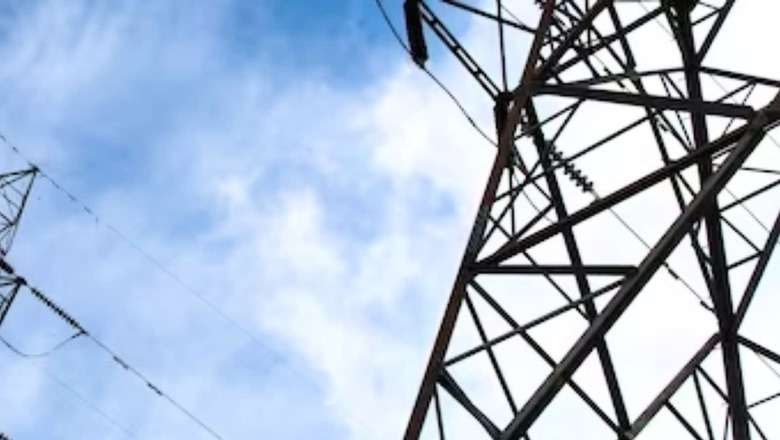
views
As an early onset of summer with temperatures rising across the country, the electricity demand was pushed to near-record levels in the last few weeks.
As demand continues to rise, a pressure on the power supply felt during the summer months is again on the cards, according to Bloomberg.
In 2023, India’s peak power demand is expected to touch 230GW. The demand already touched 211GW in January, which was close to an all time high in the summer of 2022.
Preparation of high-demand during summers
This comes as the power ministry last week mandated all imported coal-based thermal plants to function at full capacity between March 16 – June 15 in order to meet the anticipated high demand for electricity.
This order, under Section 11 of the Electricity Act, shall remain valid for the generation and supply of power, according to a notice sent to 15 thermal plants that use imported coal.
In December 2022, Union power secretary Alok Kumar said that the government will take all possible measures to meet the 230 gigawatts (GW) single-day peak demand expected in April 2023.
Kumar had stated that the demand in April this year could be as high as 230 GW.
As per official figures, the maximum all-India power demand met at 2:51 pm on April 26, 2022, was 201.066 GW.
In order to meet the demand and supply gap, the power ministry has also directed (on January 9, 2023) to state-owned as well as private power plants to import coal for blending at the rate of six per cent in domestic dry fuel.
Heat’s impact on crops
If temperatures continue to prevail through March, the rabi crop is likely to get impacted therefore impacting the yields, according to a report in news agency PTI. The India Meteorological Department (IMD) has advised farmers for the heat stress on crops.
In Punjab and Haryana, which together contribute 25 per cent of annual wheat production, late-sown wheat is in the flowering stage, while the early-sown lot is in the milking stage and high temperatures are detrimental to grain formation in both these stages, the report said.
Similarly, in Madhya Pradesh which produces 20 per cent of annual wheat, the late-sown wheat is at the milking stage now.
But Bihar, which contributed 5 per cent of production, has seen early sowing and the crop there is at the grain formation/maturation stage, which could mean relatively less impact.
With agency inputs
Read all the Latest India News here



















Comments
0 comment